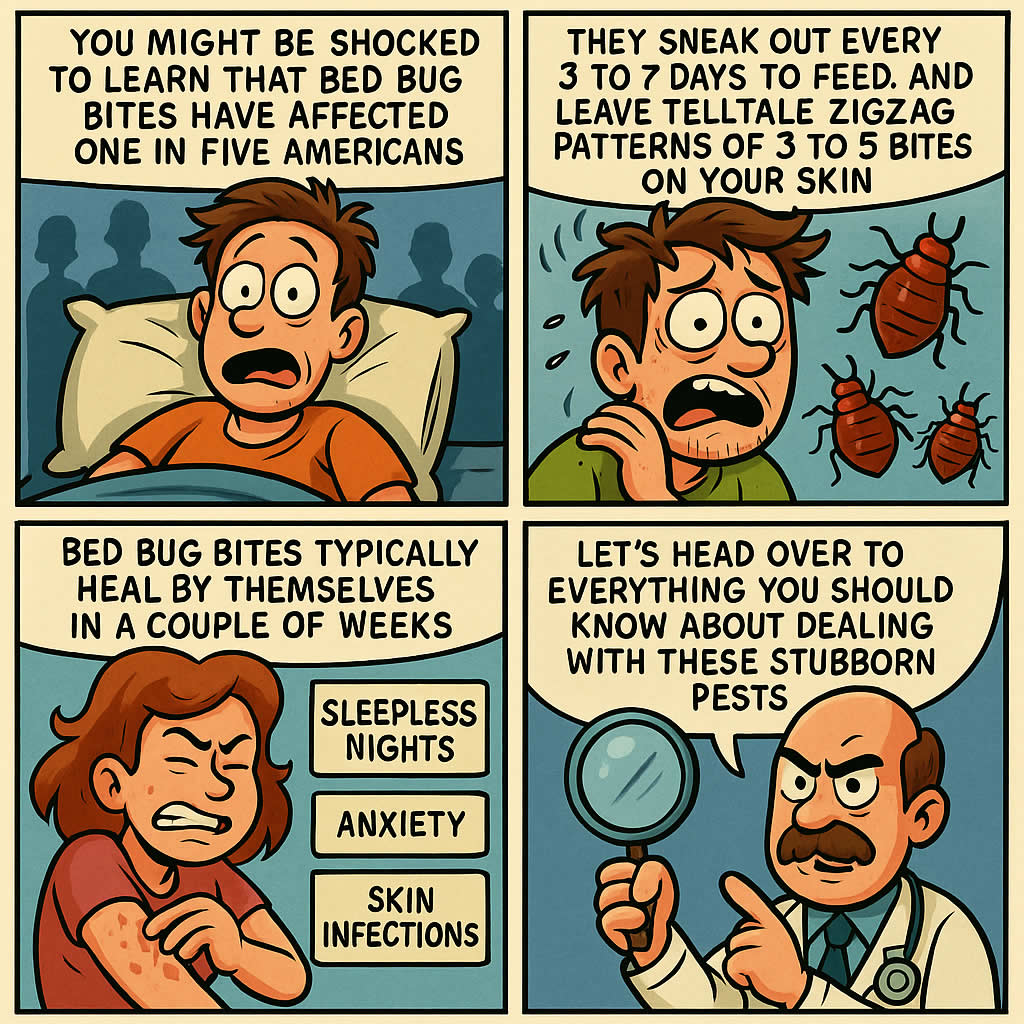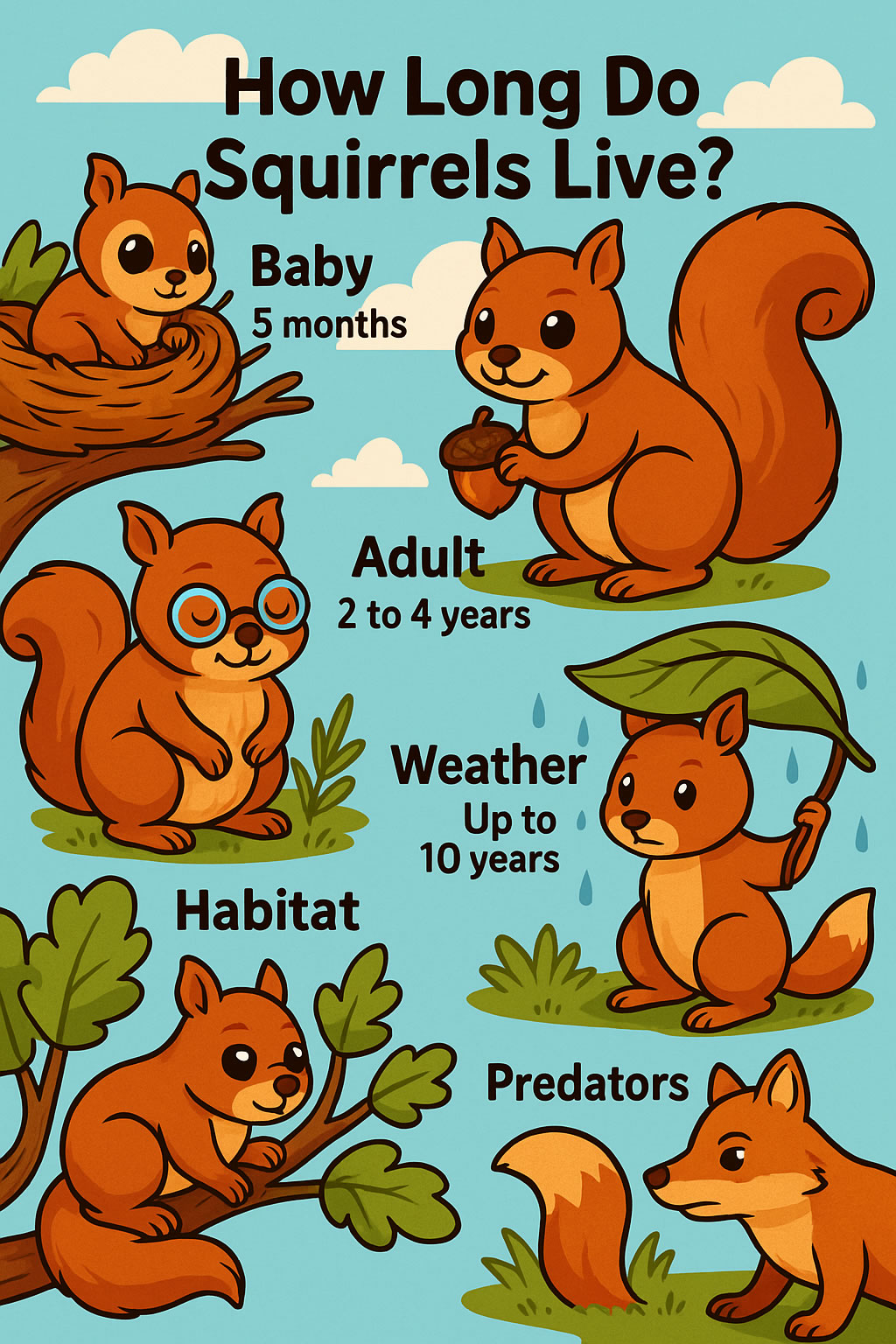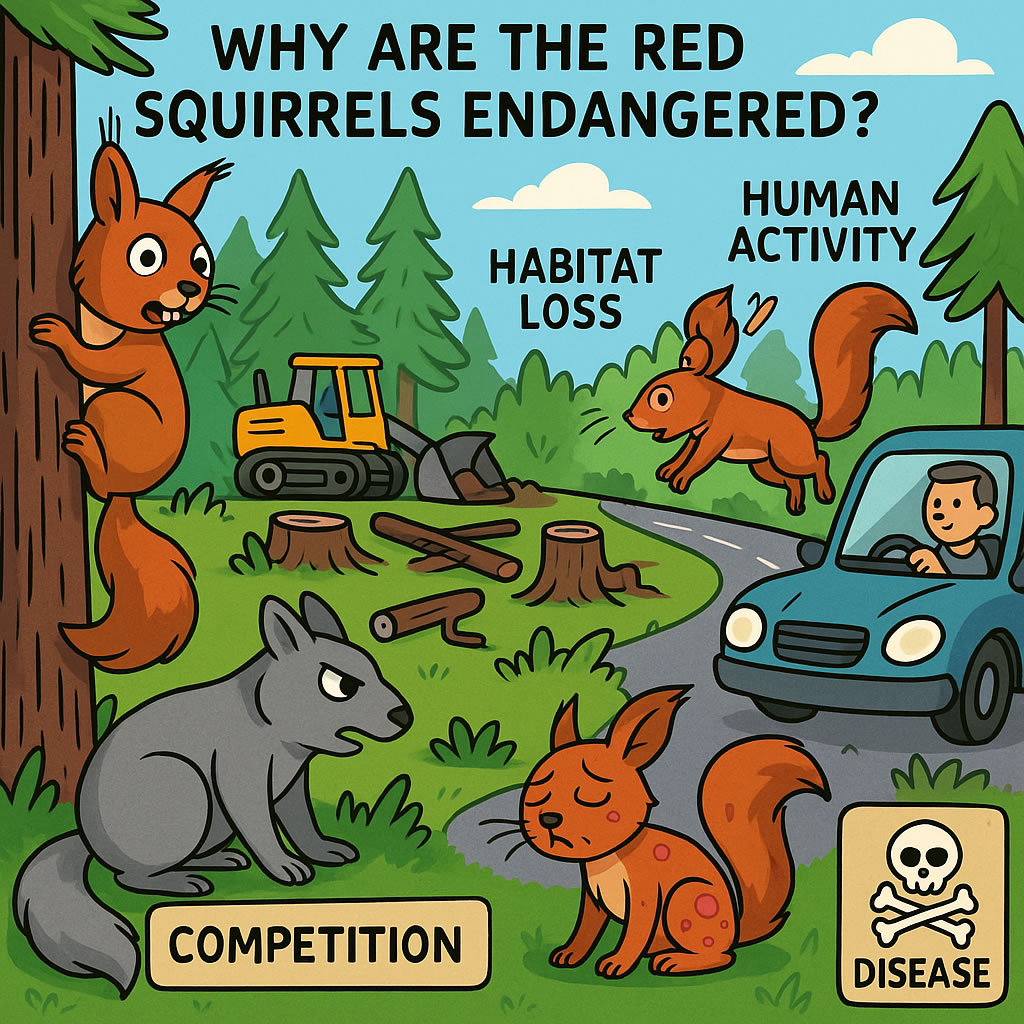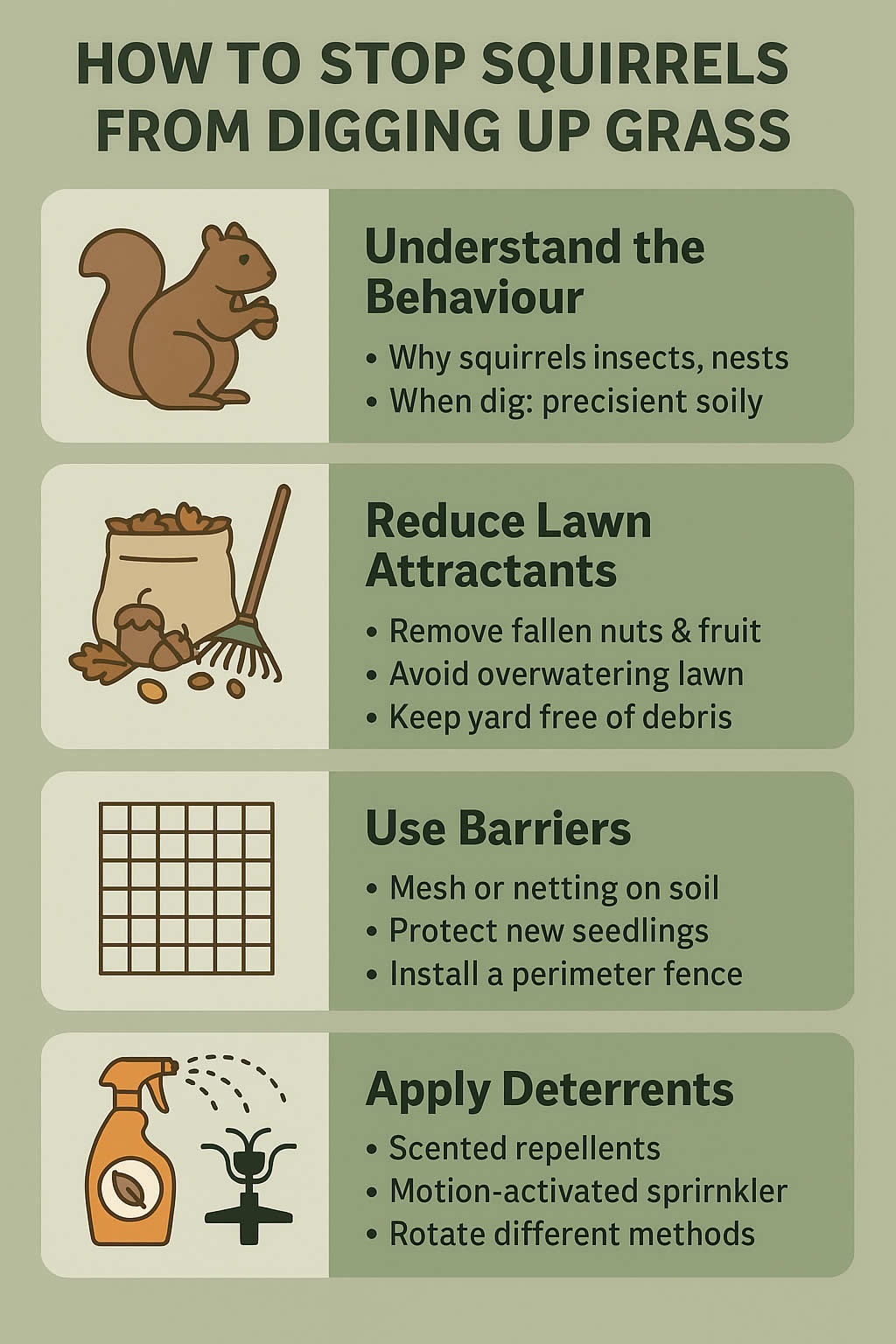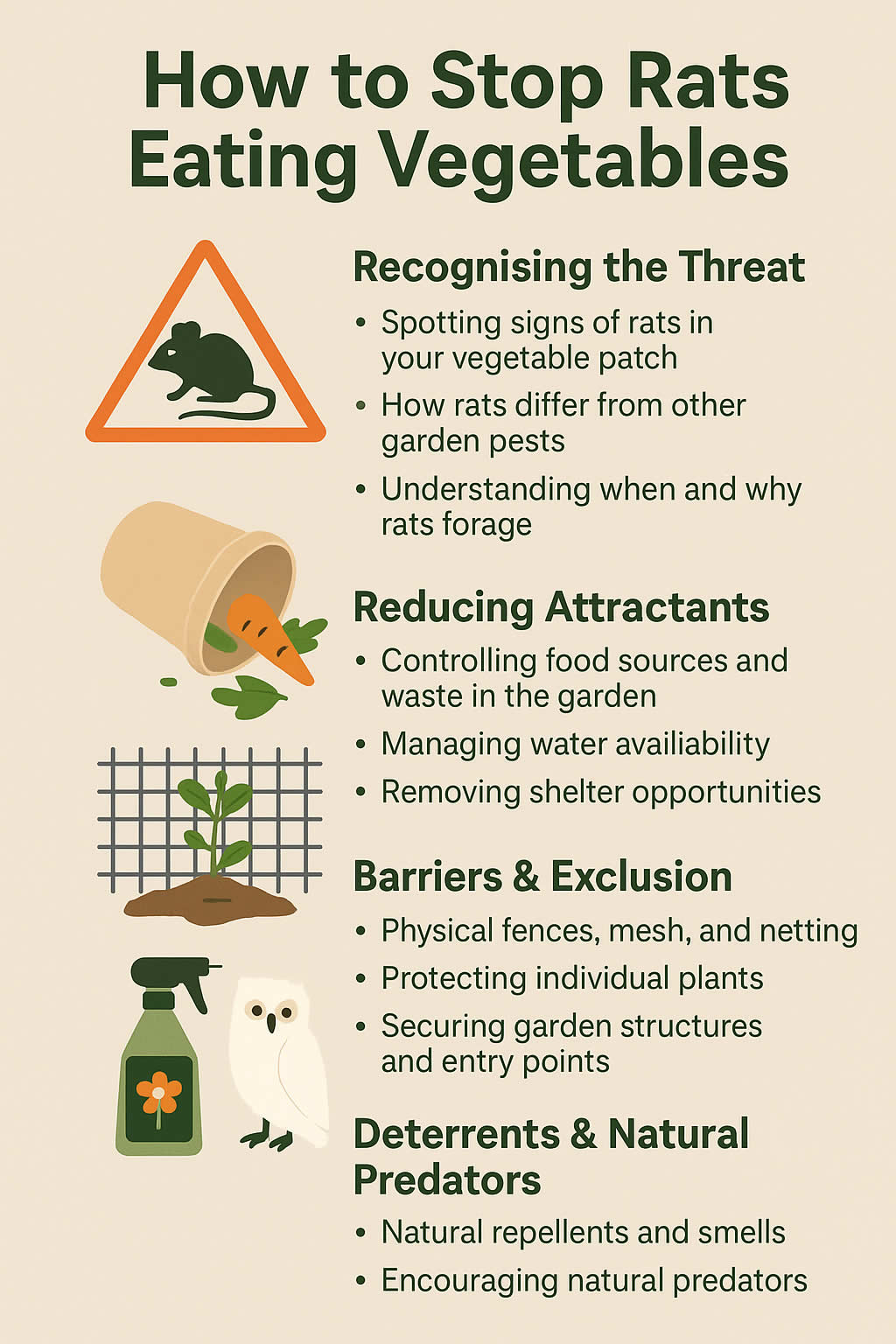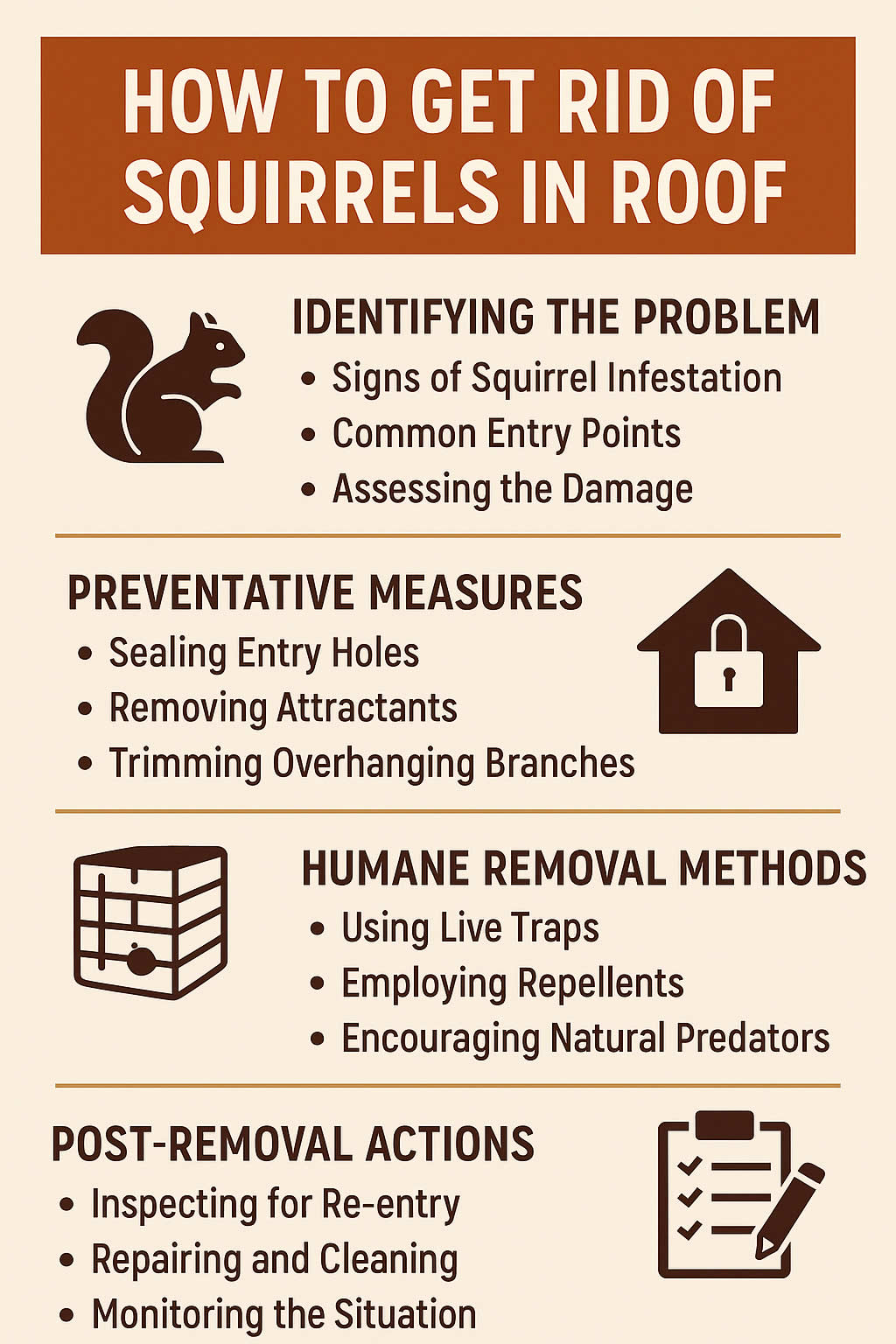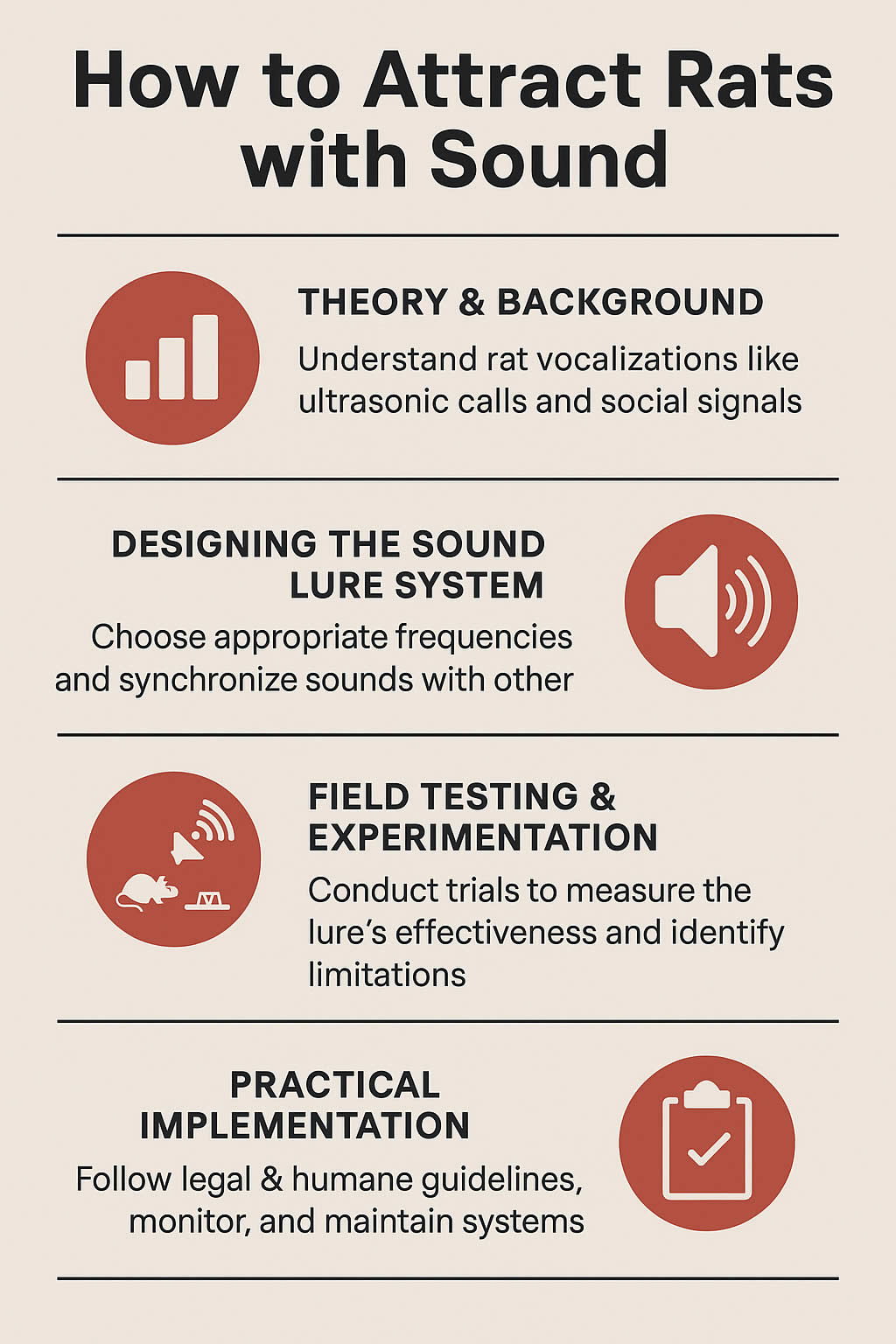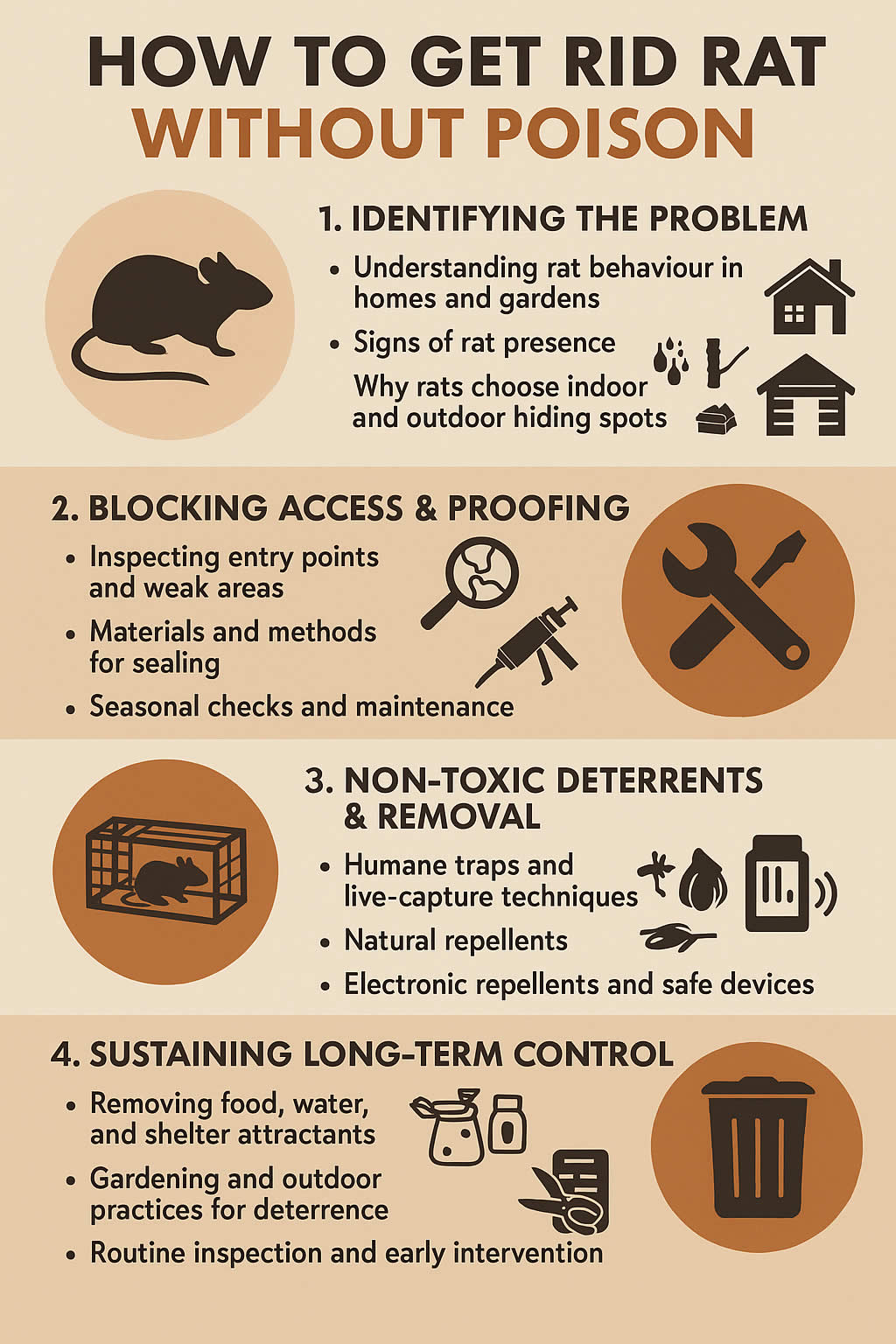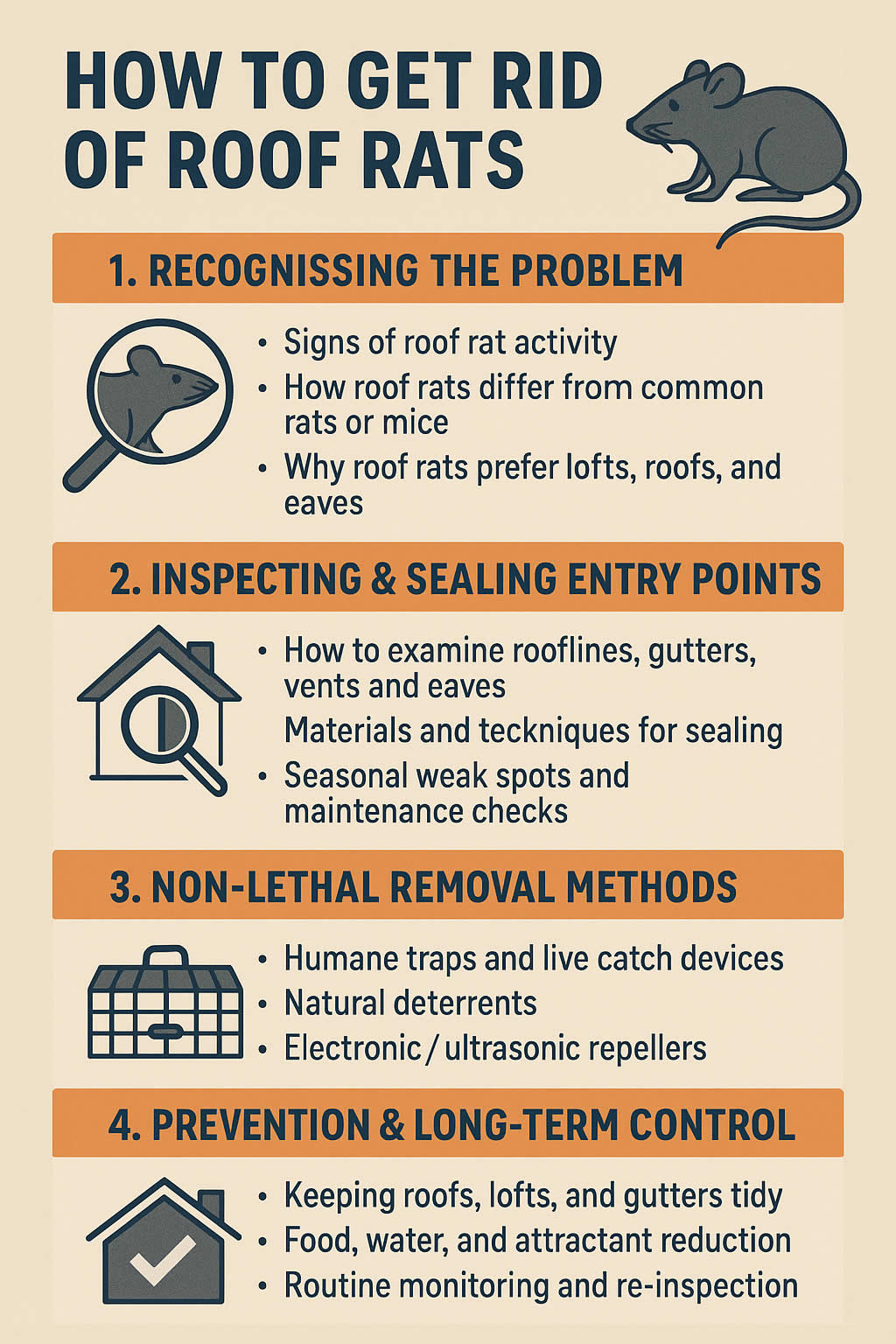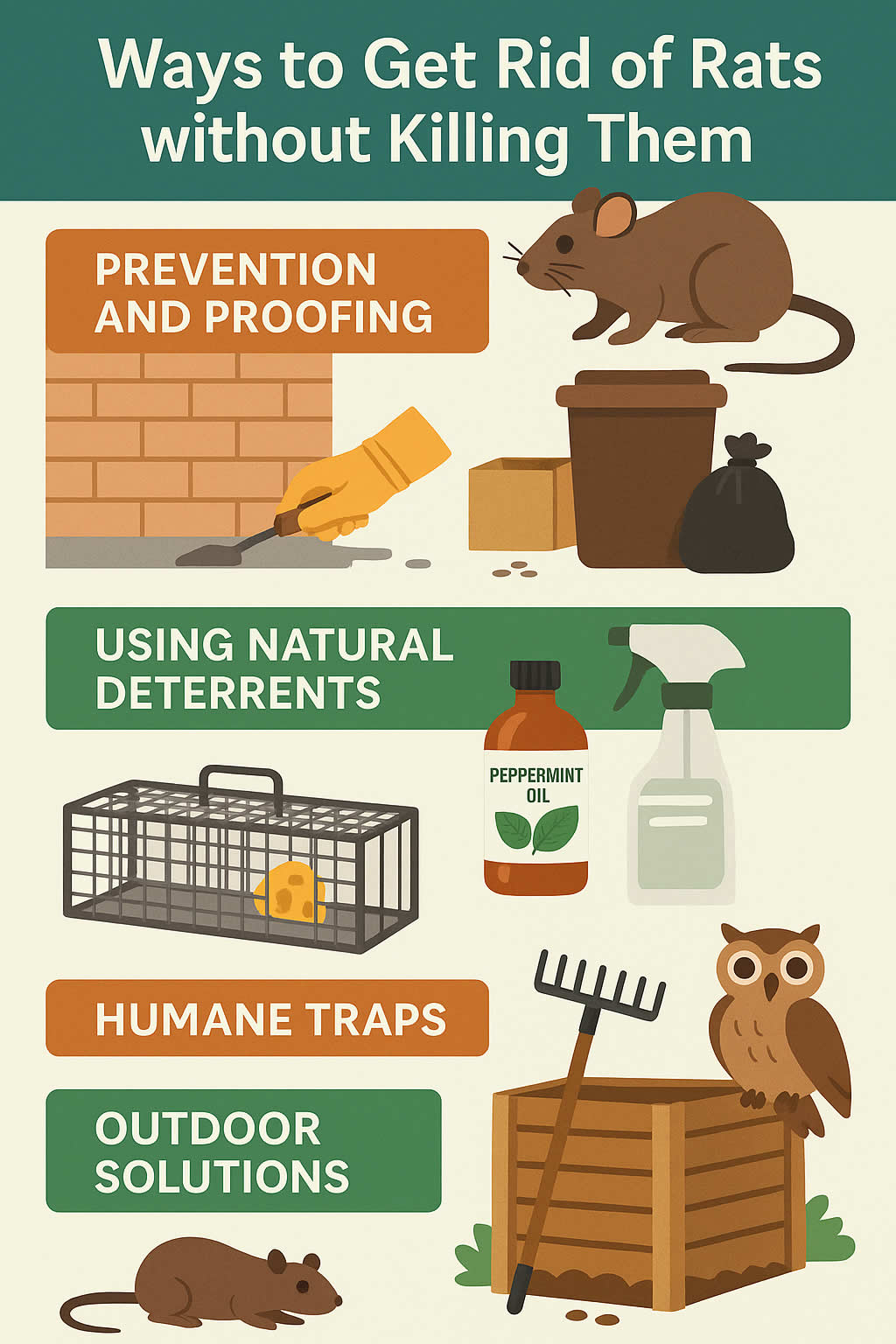Related Queries
ToggleYou might be shocked to learn that bed bug bites have affected one in five Americans either directly or through someone they know.
These tiny nighttime pests can survive up to 24 months. They lurk in your furniture, clothes, and carpets, which makes them hard to spot. They sneak out every 3 to 7 days to feed, and leave telltale zigzag patterns of 3 to 5 bites on your skin.
The silver lining is that bed bug bites typically heal by themselves within a couple of weeks. Some people face bigger problems like sleepless nights, anxiety, and skin infections from scratching. A few unlucky ones might experience severe allergic reactions.
We know these bites can really stress you out. That’s why we created this detailed guide to help you spot, treat, and handle bed bug bites the right way. Let’s head over to everything you should know about dealing with these stubborn pests.
What Do Bed Bug Bites Look Like
Proper treatment of bed bug bites starts with accurate identification. These small creatures come out at night and leave telltale bite marks with unique features.
Common appearance and patterns
The skin shows raised, red welts that itch after bed bugs bite. People with lighter skin see red or pink marks, while those with darker skin tones might notice purple marks that blend more with their skin.
Bed bug bites create a unique signature. The marks often line up in zigzag or straight patterns instead of random spots. These tiny vampires usually leave three to five bites in a group. Experts call this the “breakfast, lunch, and dinner” pattern. This happens because bed bugs feed several times as they crawl along exposed skin.
The bites can look different on each person:
- Raised bumps that form lines, zigzags or scattered patterns
- Pimple-like swellings with dark red centres
- Small red marks, either flat or slightly raised
- Sometimes, blisters filled with fluid
How to distinguish from other insect bites
People often mix up bed bug bites with mosquito, flea, or spider bites. Fleas target legs and feet, but bed bugs attack any skin exposed during sleep—mainly arms, face, neck, and shoulders.
Mosquitoes leave random bite patterns across the skin. Bed bugs, however, create neat lines of bites. Spider bites usually happen once, so multiple bites point more toward bed bugs.
The bites might look like hives or a rash at first glance. The key difference lies in their behaviour – bed bug bites stay put instead of moving or changing shape.
Timeline of bite development
Bed bugs inject a natural painkiller while feeding, so their victims rarely notice the bite right away. Studies show that 30% to 60% of people never see any visible signs from bed bug bites.
Everyone reacts differently to these bites. Some people see marks within hours, while others might wait up to 14 days before noticing anything. The bite starts as a tiny red dot that grows into an itchy, swollen bump.
The body heals most bed bug bites naturally within one to two weeks. The raised welts flatten out as redness and itching fade away.
Immediate Treatment Steps
Those telltale bed bug bites need quick action to reduce discomfort and avoid potential risks. Quick treatment helps manage symptoms and prevents other infections from developing.
Cleaning the bite area
Start by cleaning the bites properly. A good wash with mild soap and water removes contaminants. This basic step helps prevent skin infections and gives quick relief from itching. Use a clean towel to pat the area dry instead of rubbing it, which could make the bites worse.
Reducing inflammation and swelling
Something cool on the bite area works great to handle swelling and inflammation. Place a clean, damp cloth or ice pack wrapped in a towel on the affected area for 10-15 minutes. The cold therapy makes blood vessels contract and numbs the area for a while, which reduces inflammation.
You can also mix baking soda and water into a paste. Put this thick mixture on the bites and let it dry fully. Leave it there for about an hour before washing it off with warm water. This home remedy pulls fluid from swollen bites and helps neutralise irritants.
Managing the original itch
The hardest part about bed bug bites is fighting the urge to scratch. This is a vital step since scratching can tear your skin and cause other infections.
Here’s what you can do for quick itch relief:
- Put over-the-counter hydrocortisone cream (1%) on the bites to reduce inflammation and itching
- Take oral antihistamines like diphenhydramine (Benadryl) to control allergic reactions
- Try natural astringents like lemon juice, witch hazel, or aloe vera gel to soothe the skin
To handle pain, common anti-inflammatory medications like ibuprofen, naproxen, or aspirin can help with both pain and swelling.
Bed bug bites usually heal by themselves within one to two weeks. In spite of that, you should see a doctor if you notice worse pain, swelling beyond the bite area, or any signs of infection.
Medical and Over-the-Counter Treatments
Medical treatments can provide relief from persistent or severe bed bug bites that don’t respond to home remedies. Most bites need minimal treatment, but knowing your options helps you manage symptoms better.
Antihistamine options
Oral antihistamines help control bed bug bites by blocking histamine—the compound that causes itching and inflammation. These medications fall into two main categories:
- First-generation antihistamines like diphenhydramine (Benadryl) give quick relief but might make you drowsy. This side effect can actually help if itching keeps you awake at night.
- Second-generation antihistamines such as cetirizine and loratadine won’t make you sleepy and work great during the day.
Take antihistamines as directed on the package, especially before bed to stop nighttime scratching. A pharmacist can help you choose the right antihistamine that suits your needs.
Topical creams and ointments
Direct treatment of bite sites often brings the quickest relief. Here are some options that work:
Hydrocortisone cream (1%) brings down inflammation and itching faster. You can buy it without a prescription, and it handles most bite reactions well. Just apply a thin layer to affected areas twice daily.
Calamine lotion cools the skin on contact and helps dry any weeping or fluid from bites while reducing the itch.
Anti-itch creams with pramoxine or benzocaine numb the skin temporarily and give immediate comfort. Don’t use too much of either, as they might irritate your skin.
When to use corticosteroids
Most bed bug bites heal with basic care, but stronger treatments might be needed for severe reactions. Corticosteroids—powerful anti-inflammatory medications—make sense when:
- Bites cause major swelling or blistering
- The itch stays unbearable even with antihistamines
- You have many bites over large areas of your body
You’ll need a prescription for stronger corticosteroid creams, so visit your GP if over-the-counter treatments aren’t working. Your doctor might prescribe oral corticosteroids or give you injections of antihistamines, corticosteroids, or epinephrine for serious allergic reactions.
Note that antibiotics are only needed if bites get infected from scratching, which shows up as increased redness, warmth, pain, or pus.
Natural and Home Remedies
Natural remedies can provide quick relief from bed bug bites at home. These solutions use basic ingredients that you probably have in your kitchen or can easily get from a store.
Cold compress application
An ice pack or cold cloth helps ease bed bug bites immediately. The cooling effect numbs the area and reduces itching and swelling. Here’s how to use it properly:
- Wrap ice cubes in a clean cloth or use a ready-made cold pack
- Apply to the affected area for 10-15 minutes at a time
- Repeat several times daily as needed
This simple technique works great when bites are puffy and red. Cold therapy also shrinks blood vessels to reduce inflammation without any medication.
Aloe vera and other soothing plants
Aloe vera is nature’s answer to bed bug bites. The gel contains anti-inflammatory and anti-fungal properties that calm irritation and prevent infections from scratching.
For best results:
- Use 100% pure aloe vera gel straight from the plant
- Apply a thin layer to the affected areas
- Let it dry naturally on the skin
You can also try witch hazel, which acts as a mild anaesthetic to calm itching. Tea tree oil works as an anti-inflammatory agent, but use it carefully to avoid skin irritation.
Baking soda paste method
This common household item makes an excellent remedy for bed bug bites. Baking soda’s alkaline properties help balance skin acids and reduce itchiness.
To create and apply the paste:
- Mix baking soda with enough water to form a thick consistency
- Apply generously to the bite areas
- Let it dry completely for about an hour
- Rinse off gently with warm water
The paste works well for multiple bites. It pulls out fluid from swollen areas and helps reduce inflammation.
These natural remedies work best with proper bite cleansing. They might not replace medical treatments for severe reactions, but they are a great way to get comfort during healing, which usually takes one to two weeks.
Our Final Say
Bed bug bites can be scary at first glance. The good news is you can handle these unwelcome encounters with the right approach and treatment methods. These bites typically heal on their own within two weeks if you clean them, use anti-itch treatments, and reduce inflammation.
The best results come from quick action and steady care. Over-the-counter medications give fast relief, while natural options like cold compresses and aloe vera work gently to keep you comfortable. A doctor’s visit becomes necessary if your symptoms don’t improve or get worse.
Staying calm makes all the difference. Clean the bite areas often and resist scratching them. Choose treatments that match how badly you react to the bites. With the right care and attention, these uninvited guests will just be a brief nuisance instead of a long-term issue.
Flea Control Nottinghamshire – Pest Control Cumbria – Rat Removal Cambridgeshire
